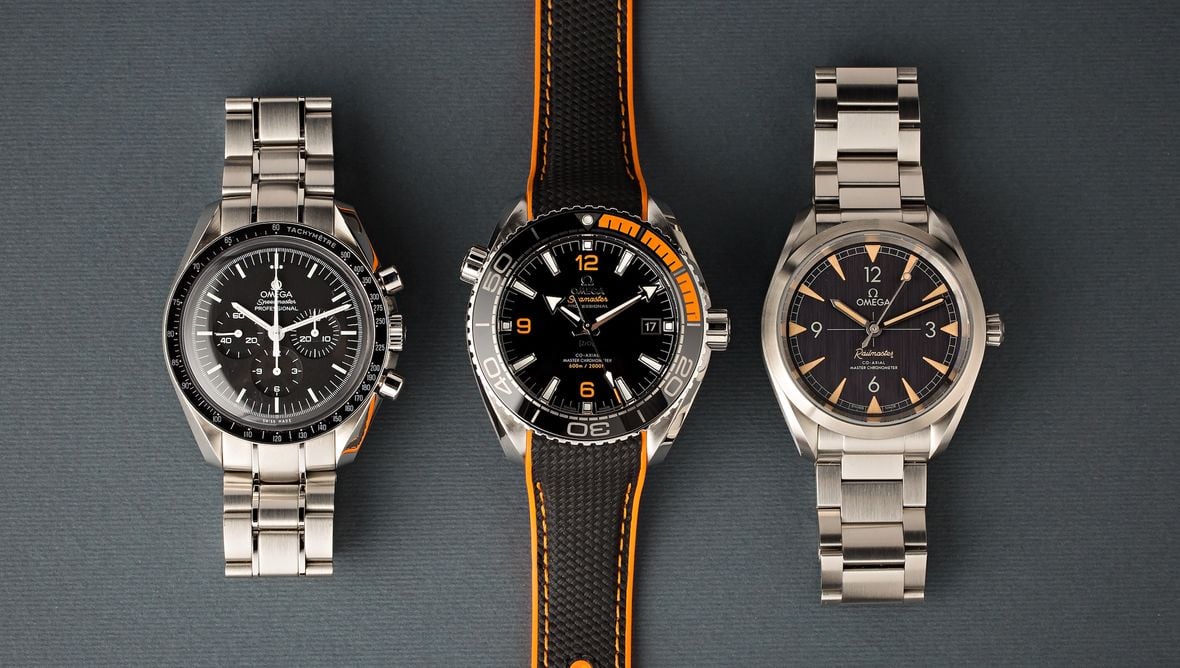Earlier this year when Omega launched its new generation of vintage-inspired Seamaster 300 models, the iconic Swiss manufacturer also introduced a new metal option called Bronze Gold. Omega watches crafted from solid gold are a cornerstone offering of the brand’s catalog, and Omega even produced its own proprietary gold alloys such as Moonshine, Sedna, and Canopus gold, which all offer unique shades of their respective colors.
However, while all of these other gold alloys are 18 karat and specially designed to retain their colors, even after prolonged exposure to the elements, Omega’s Bronze Gold aims to achieve the exact opposite effect. Just like traditional bronze alloys, Bronze Gold is intended to develop a unique patina over time. However, Omega’s specially engineered bronze recipe actually qualifies as 9 karat gold and therefore lacks the disadvantages that accompany standard bronze watch cases. So, what exactly is Omega Bronze Gold, and how is it different from traditional bronze and gold alloys?
Click here for our Ultimate Buying Guide on Omega Watches.
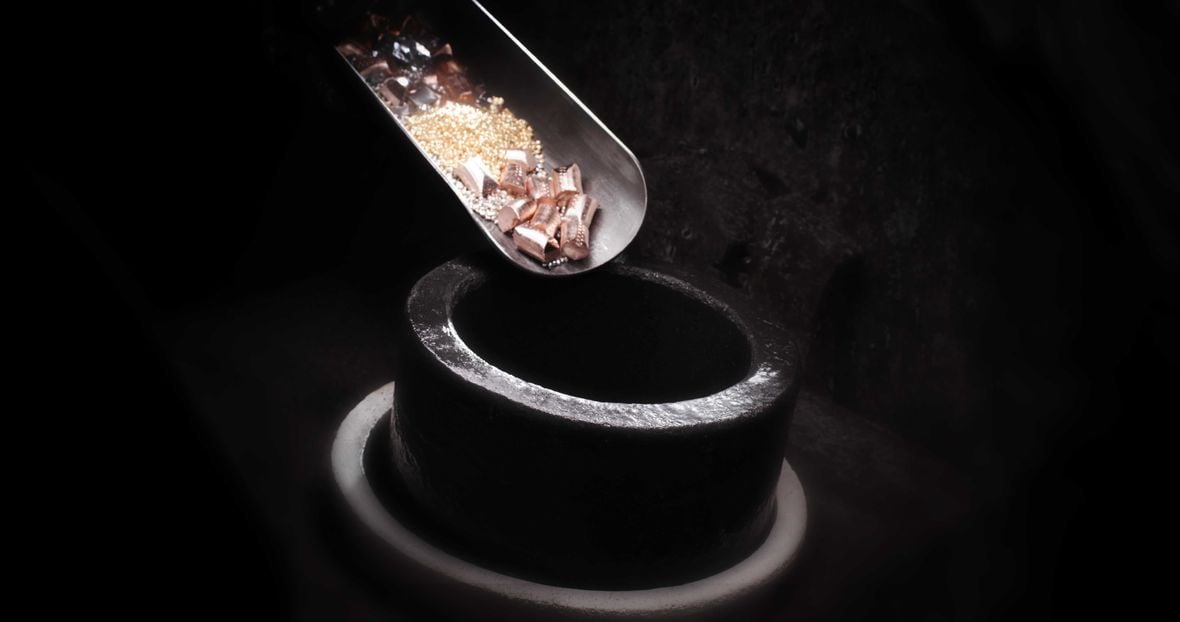
What is Omega’s Bronze Gold?
Omega’s Bronze Gold is a special alloy consisting of 50% copper (the key element that defines any bronze metal) mixed with a minimum of 37.5% pure gold (the requirement for a metal to receive a 9k hallmark). Additionally, Omega’s Bronze Gold recipe also calls for some silver, gallium, and palladium. These metals help in the manufacturing process, and give Bronze Gold its distinct warm pink color, while also balancing out the shade of the patina that it develops.
Mixing bronze with gold and silver is not a new concept, and traces of similar bronze alloys (known as Corinthian bronze) date all the way back to ancient Greece. However, Omega’s Bronze Gold recipe has perfected this ancient technology, and this unique metal requires no protective coating, nor does it have any ill effects on the wearer’s skin.
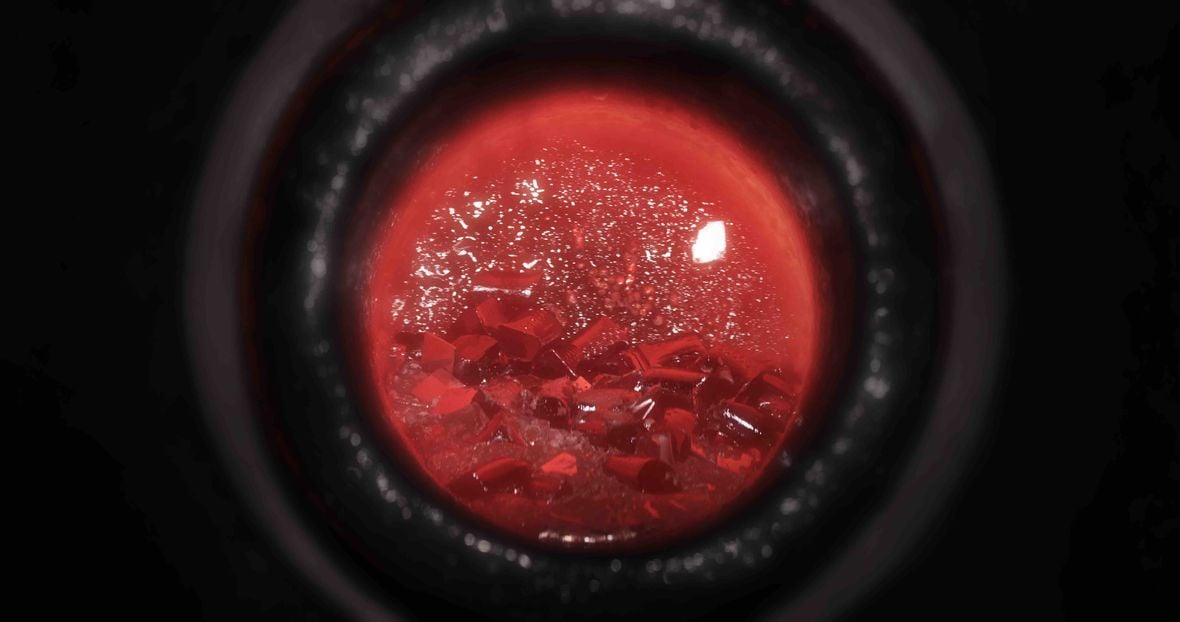
Omega Bronze Gold: Guaranteed Purity
While Omega’s Bronze Gold is designed to be a superior alternative to traditional bronze alloys, it also technically qualifies as 9 karat gold. Therefore, just like any other 9k gold alloy, it must consist of a minimum of 37.5% pure gold, and Omega goes to great lengths to ensure that its Bronze Gold meets these stringent purity requirements.
To verify purity levels, Omega extracts a small sample from a bar of Bronze Gold and transfers it to a lead pouch before placing it in a cupel made of magnesium oxide. The sample is then heated in a furnace at 1140 degrees Celsius until the precious metals separate from the non-precious elements. The cupel absorbs the copper and gallium, leaving behind a sample that consists of only noble elements: gold, silver, and palladium. A chemical parting process then dissolves the silver, before Omega takes the remaining gold and palladium and compares it with a control sample to validate the purity and quality of the alloy.
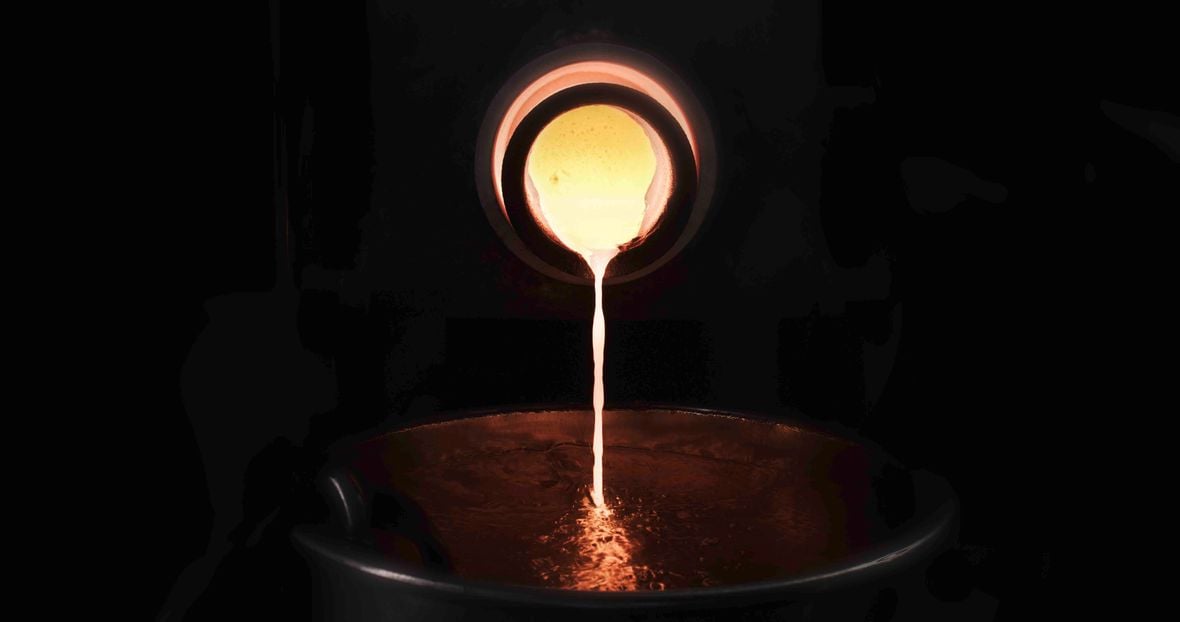
Bronze vs. Gold Watches
Gold watches and bronze watches both offer a warm hue that differs from the traditional white metal of stainless steel or platinum. However, while gold and bronze both offer slightly similar overall appearances, they are actually two very different metals and they occupy two very different price points.
Pure gold is yellow in color and highly resistant to corrosion, However, in its unadulterated elemental form, pure gold is too soft to use for the case of a watch, and so it is combined with other metals to create alloys that offer much of the same benefits and appearance of gold, but in a harder and more durable form that can stand up to the rigors of daily use. The majority of luxury watch brands use 18 karat gold for their timepieces, which means that these watches feature cases that consist of at least 75% pure gold. Due to their high gold content, 18k gold watches are relatively expensive and typically sell for values that are multiple times greater than their stainless steel counterparts.
Alternatively, bronze watches also offer a warm hue but while gold is specifically chosen for its corrosion resistance, bronze is selected for its ability to develop a patina over time, which allows it to show signs of age that reflect the unique conditions of its environment. While the warm hue of 18k gold is due to the yellow color of its 75% gold content, the warm tones of bronze come from the relatively large amount of copper present in it. Due to this fundamental difference in composition, bronze watches are significantly less expensive than gold watches, although they do often represent a small increase in price compared to otherwise-identical stainless steel models.
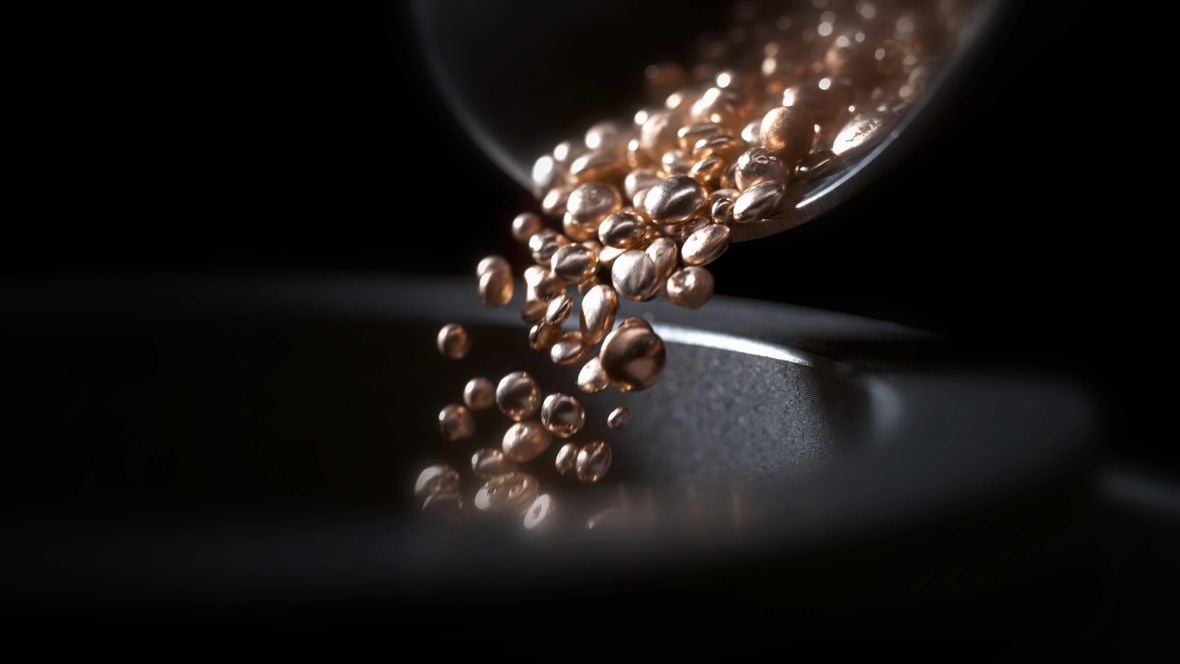
A Unique Shade of Gold for Omega Watches
The unique color of Omega’s Bronze Gold alloy is intended to be a subtle pink hue that sits squarely in the middle between the pale yellow color of the brand’s Moonshine gold and the deep red tones of its Sedna gold. Additionally, unlike their Moonshine and Sedna gold counterparts, Bronze Gold Omega watches will be able to develop a unique patina over the years, which is often considered to be the single greatest appeal of timepieces crafted from traditional bronze.
With that in mind, the average price for Bronze Gold Omega watches is significantly less than their Moonshine or Sedna gold counterparts, as the composition of the alloy itself actually contains half as much pure gold. However, due to actually being a 9k gold rather than a traditional bronze alloy, Omega watches made from Bronze Gold are also quite a bit more expensive than standard bronze watches that do not have a 37.5% gold content. Additionally, unlike traditional bronze alloys that develop a thick patina that can discolor the skin of the wrist, Omega’s Bronze Gold was specifically engineered to develop a patina in a slower and much more controlled manner that stays relatively close to the original color of the metal.
Omega’s new Bronze Gold alloy aims to offer customers the best of both worlds – a gold watch that has many of the same unique aging abilities as traditional bronze.





